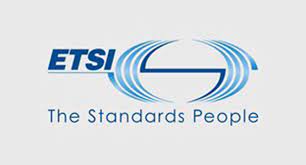New EN 17507 to help Improve Measuring the Emissions of Road Vehicles
Improving the way to measure particulate emissions of road vehicles, and thus contributing to reducing transport pollution? This is now possible, thanks to recently published standard EN 17507 ‘Road vehicles - Portable Emission Measuring Systems (PEMS) - Performance assessment’.
This standard, developed by 'CEN/TC 301 - Road vehicles', aims to qualify the measurement uncertainties of portable particle emission measurement systems (PEMS) used in real driving tests. The qualification of the different components of PEMS is of particular importance in the context of the tightening of particulate emissions thresholds. EU legislation foresees the definition of tolerated emission thresholds by taking measurements of an uncertainty factor, based on the objective precision of the portable measuring means. Thanks to the new standard, this precision is now set to improve and the uncertainty factor to be reduced. The new EN 17507 provides the elements to assess this progression. With this new standard, CEN – the European Committee for European Standardization - brings a new contribution of European standardization to the efforts to address transport pollution, a major challenge in the context of the EU Green Deal.
ETSI's 5th Generation Fixed Network group (F5G ISG) has just released its first specification, ETSI GS F5G 003, entitled F5G Technology Landscape. In this specification, the ISG studies the technical requirements, existing standards and gaps for 10 different new use cases, for home, enterprises or industrial needs.
ETSI GS F5G 003 use cases include PON (passive optical network) on-premises and passive optical LAN. In this case, a PON system could connect end devices (like HDTV, HD surveillance cameras and VR/AR helmets) and provide higher data rate, better coordination, and controlled latency than current Ethernet and Wi-Fi mesh.
The high-quality private line use case focuses on optical transport networks (OTN) for governments, large companies, financial and medical institutions who need guaranteed bandwidth, low latency, five-nines availability, totally secured network, access to Cloud services and intelligent operation and maintenance of their connectivity. PON enables high quality but low-cost private lines for SMEs and offers higher performance, lower cost, better industrial adaptation, and easier operation for the industrial customers as well.







